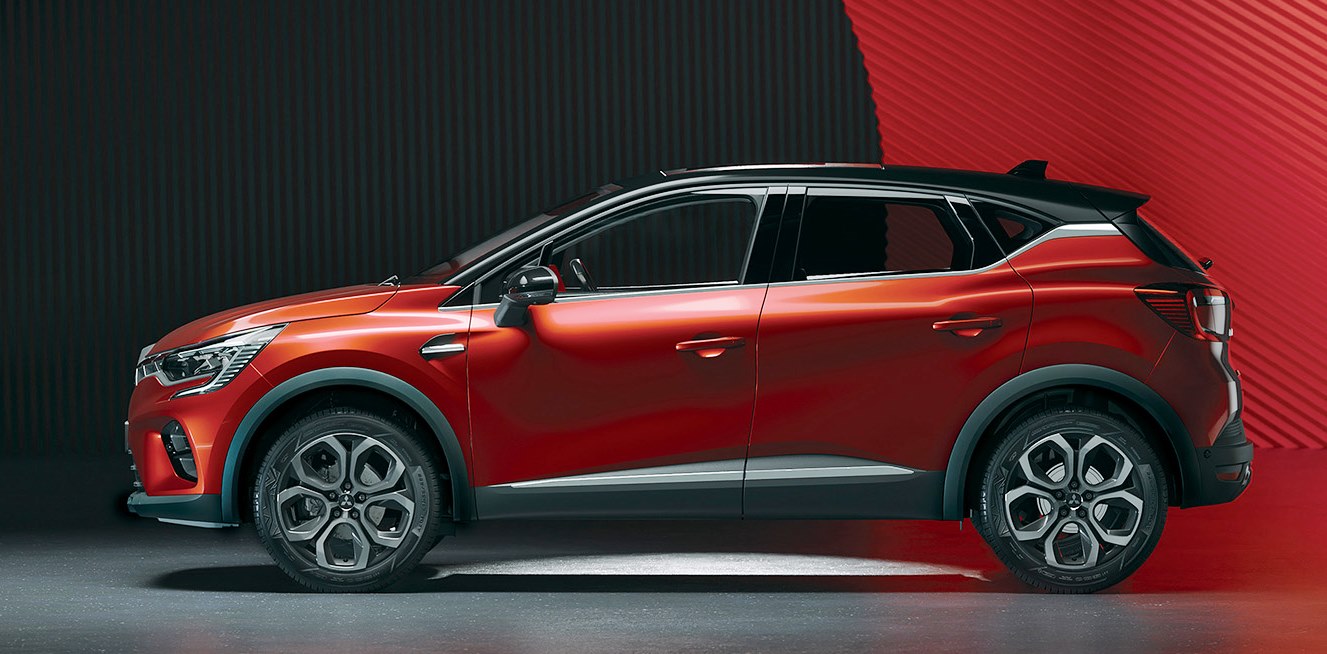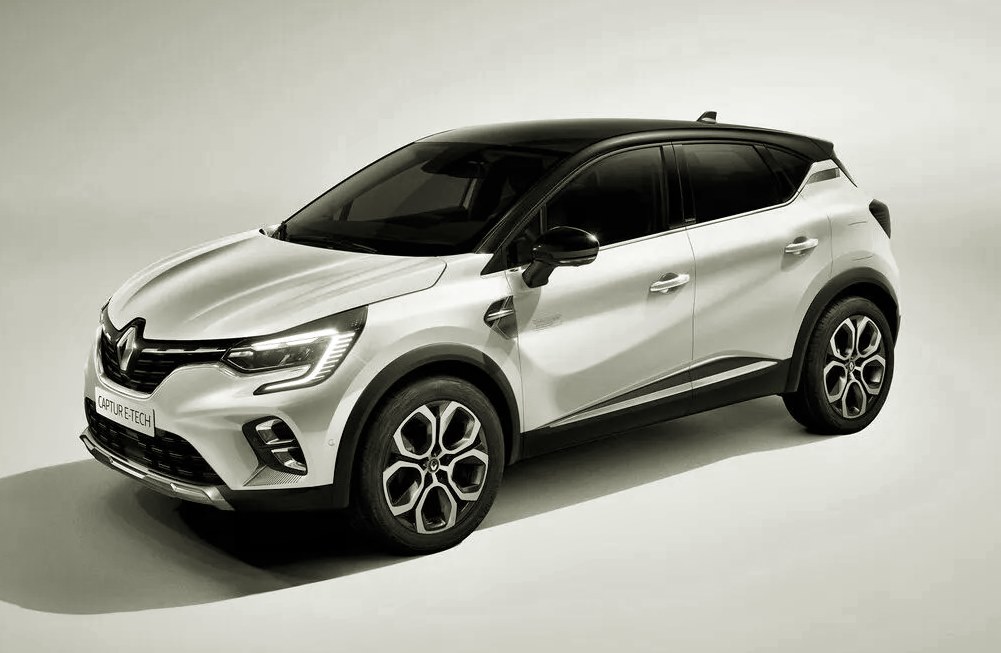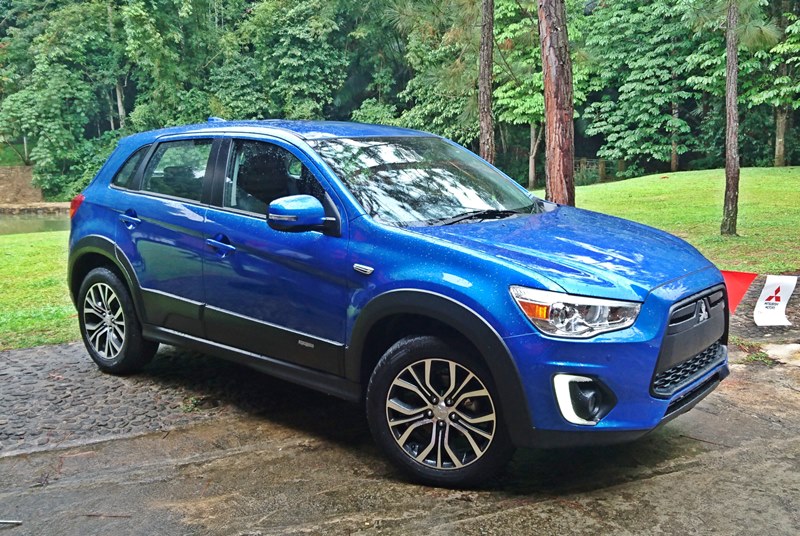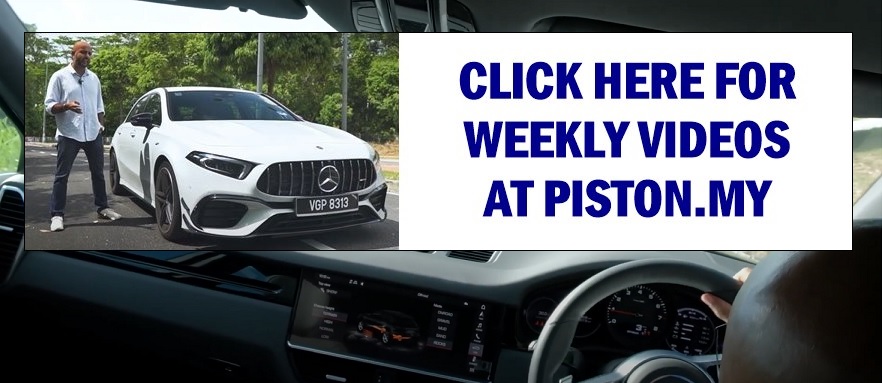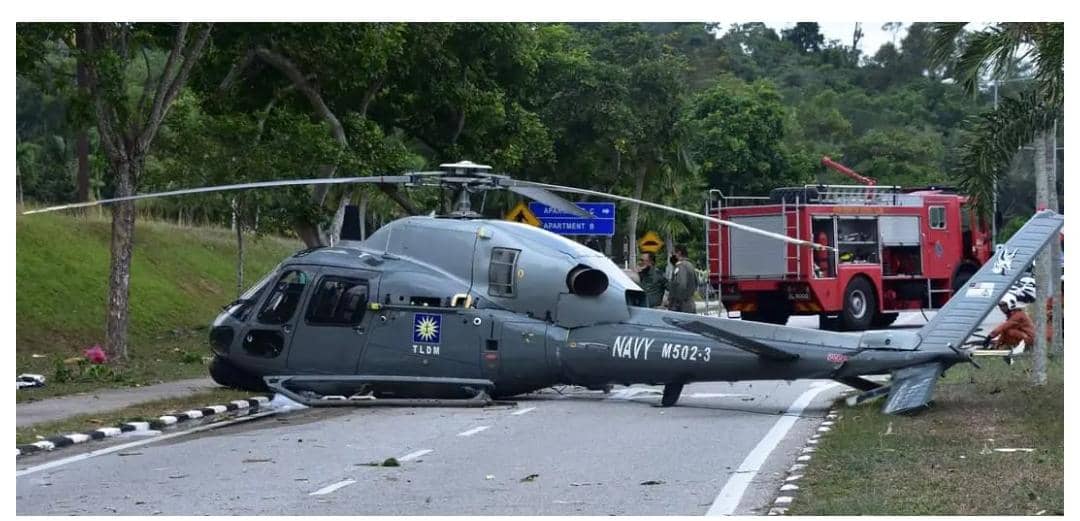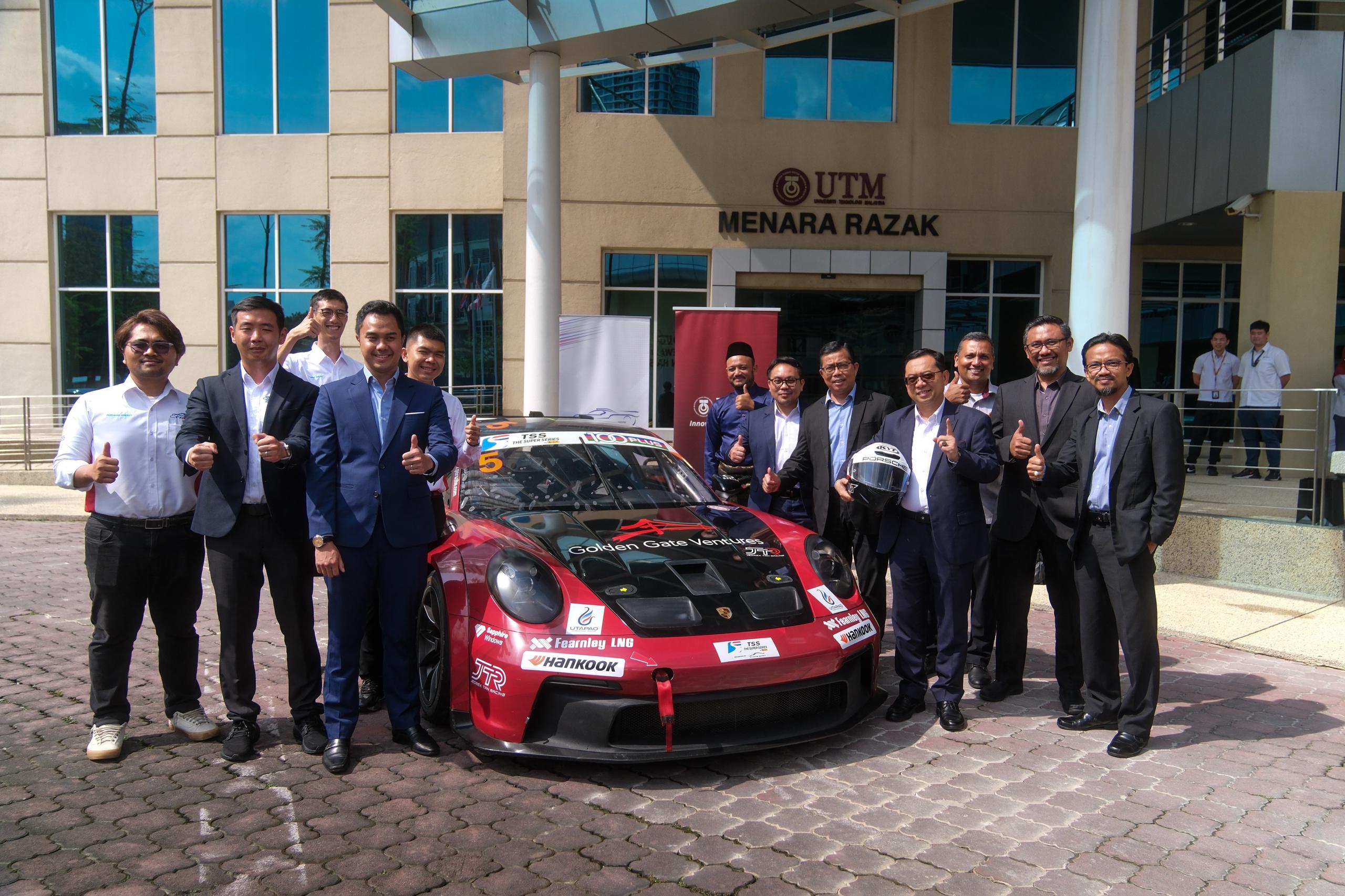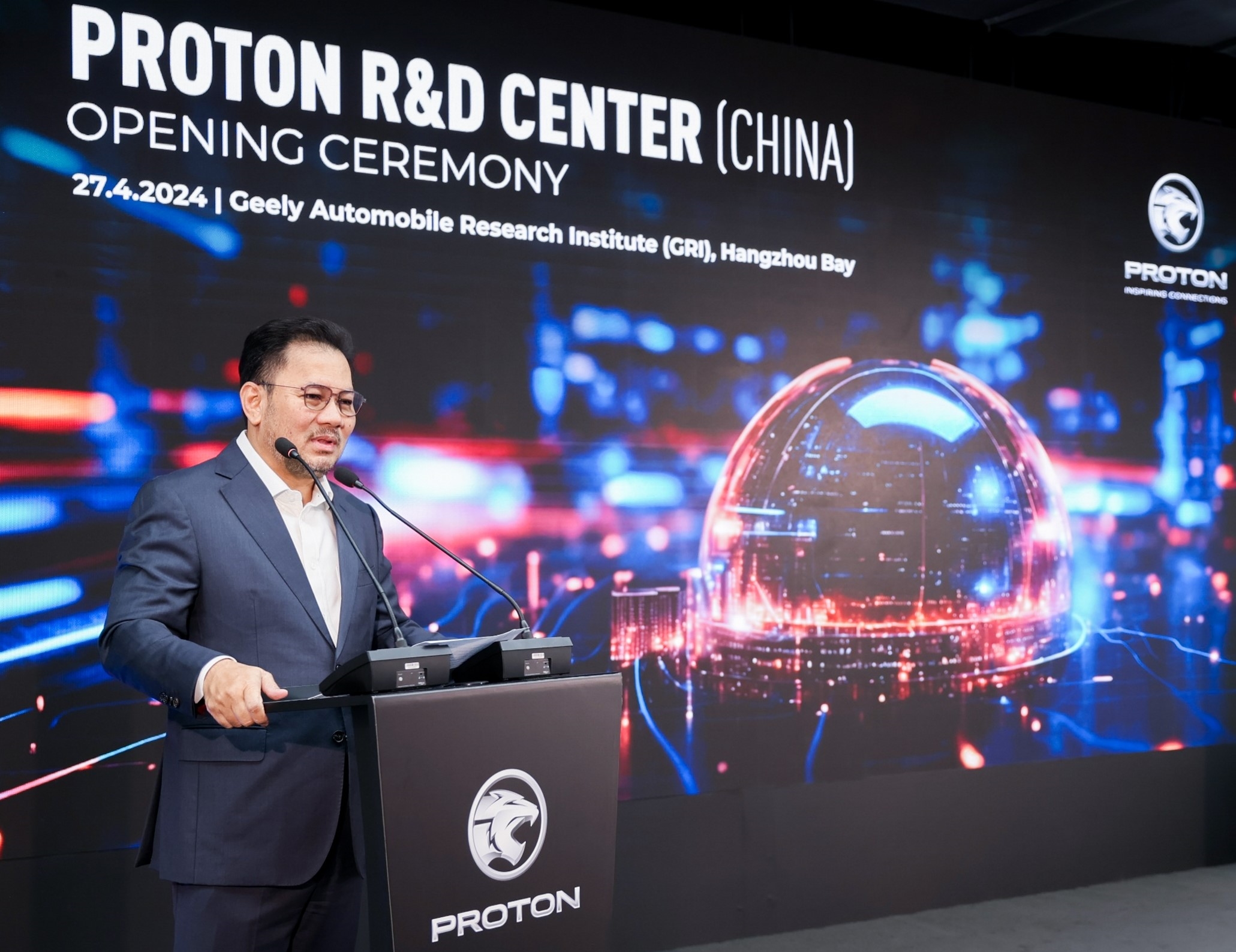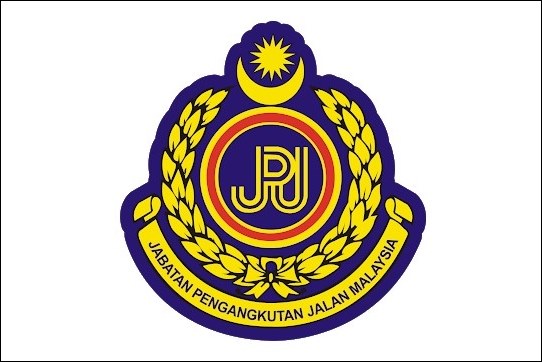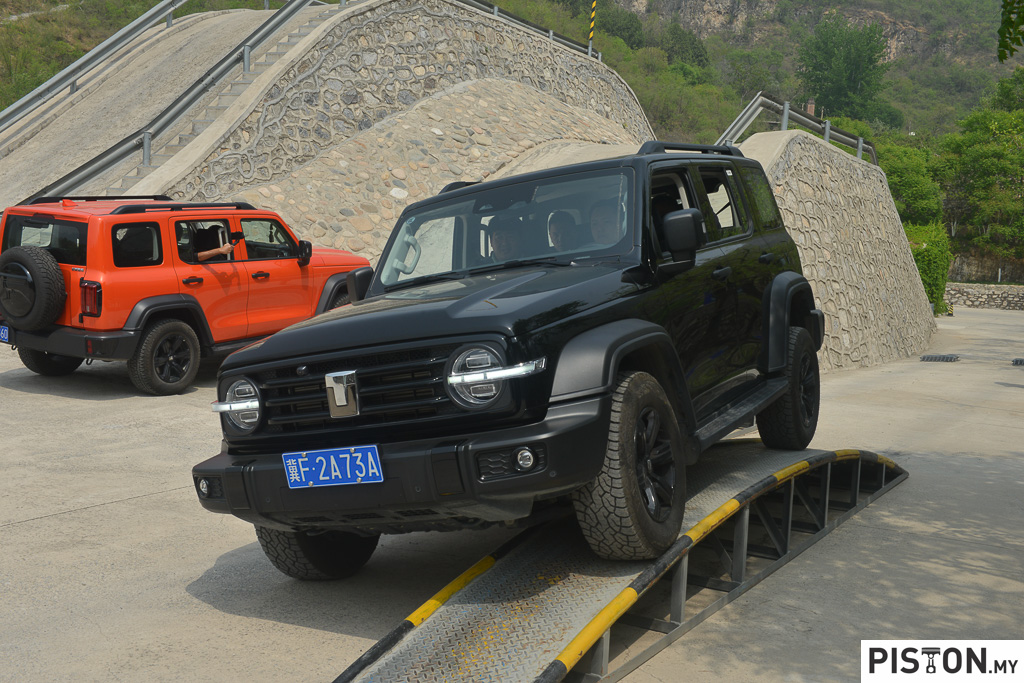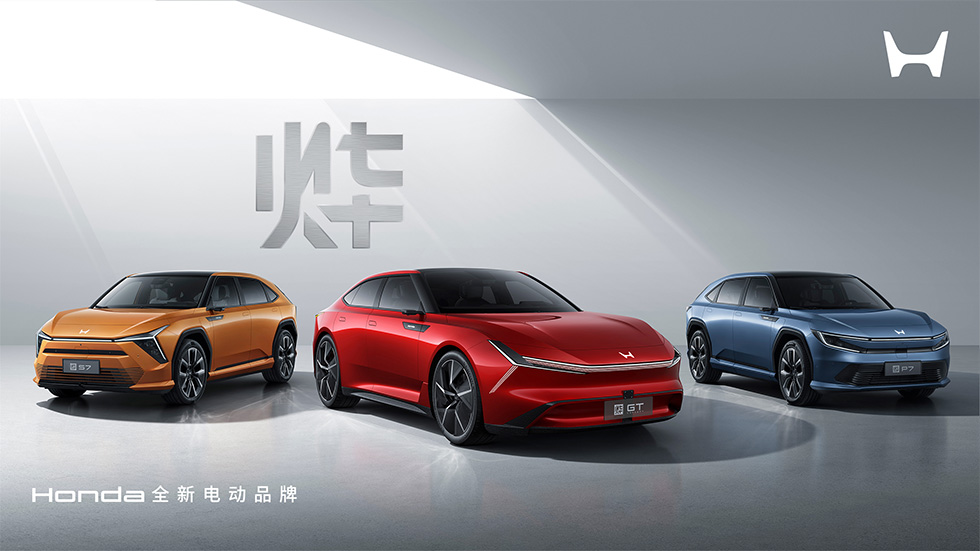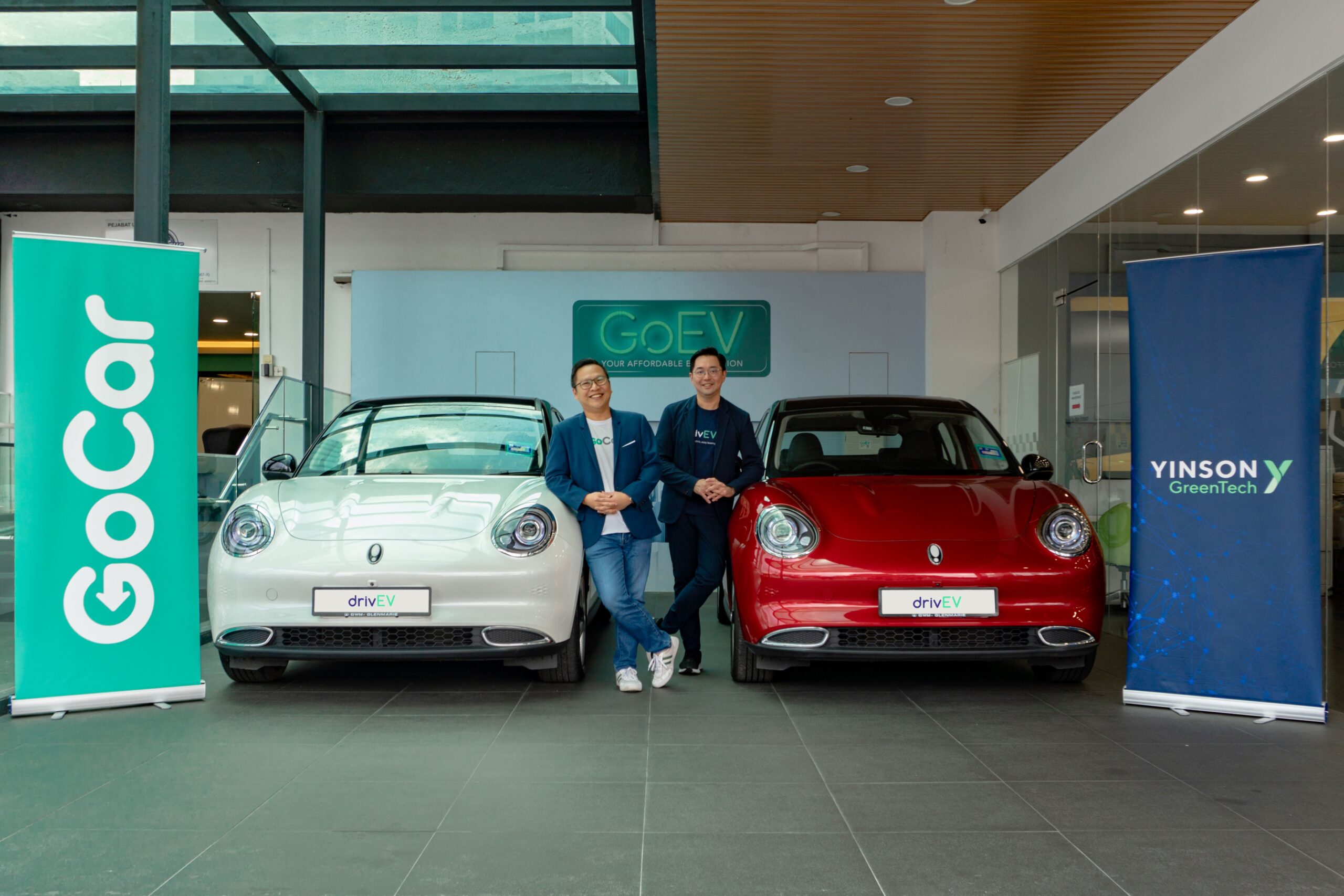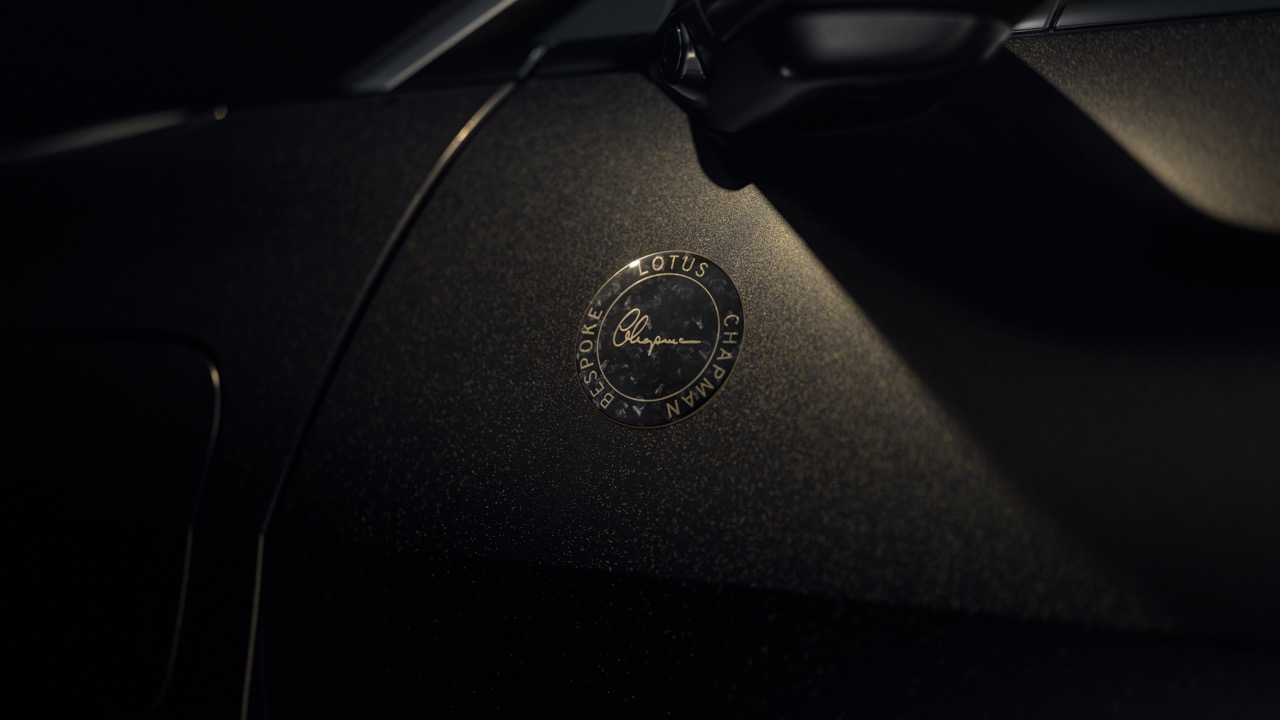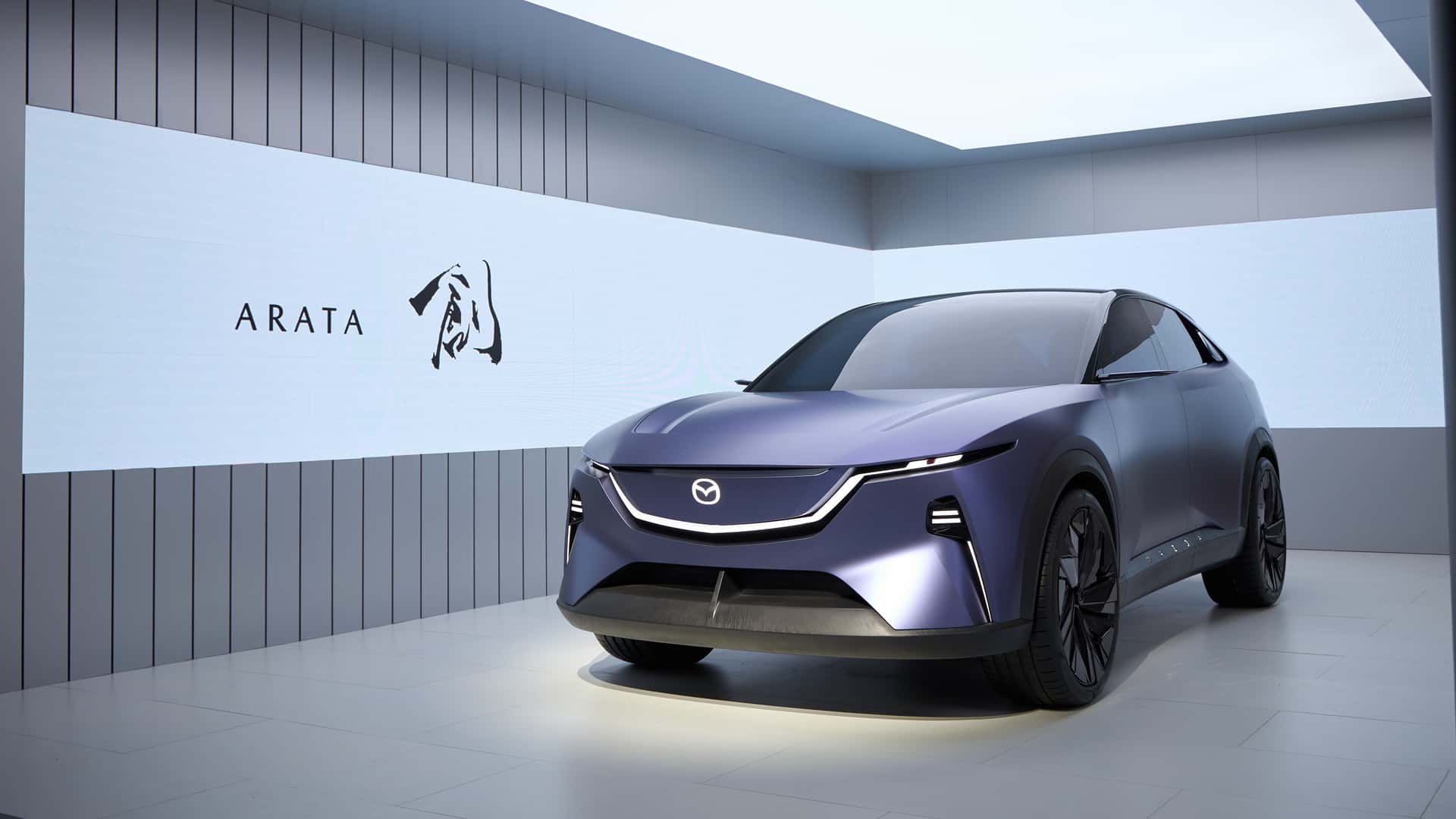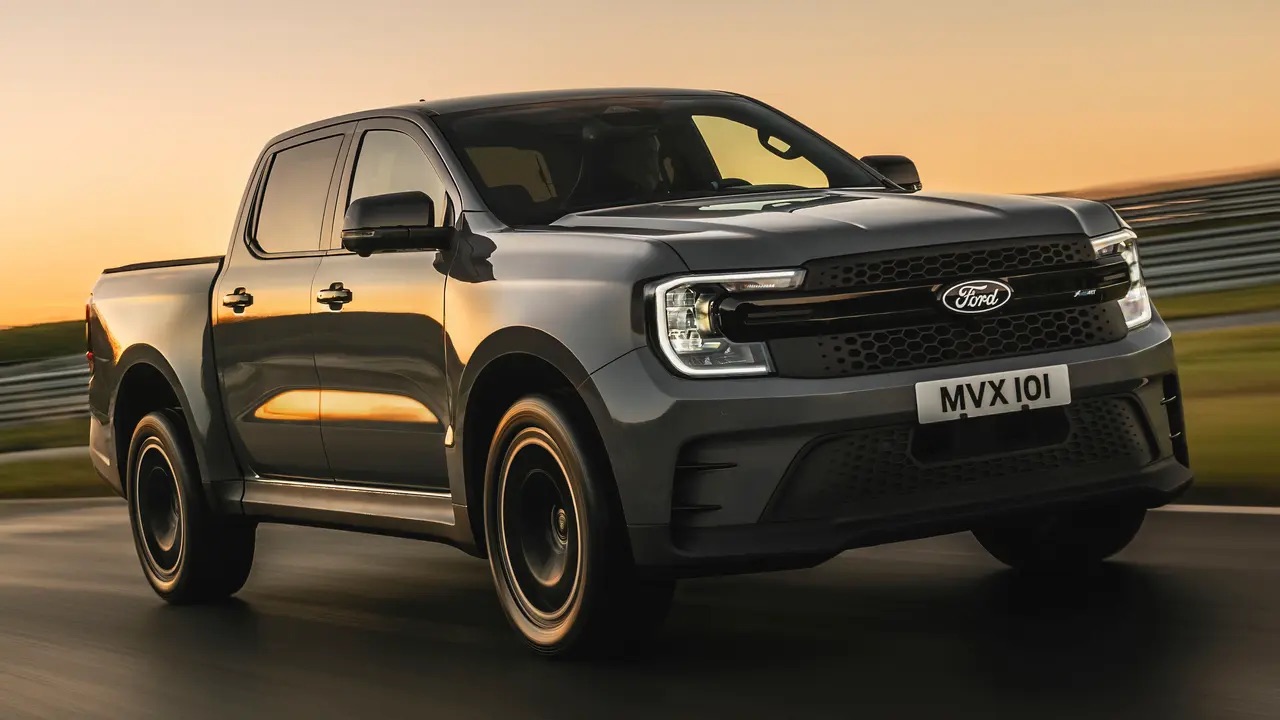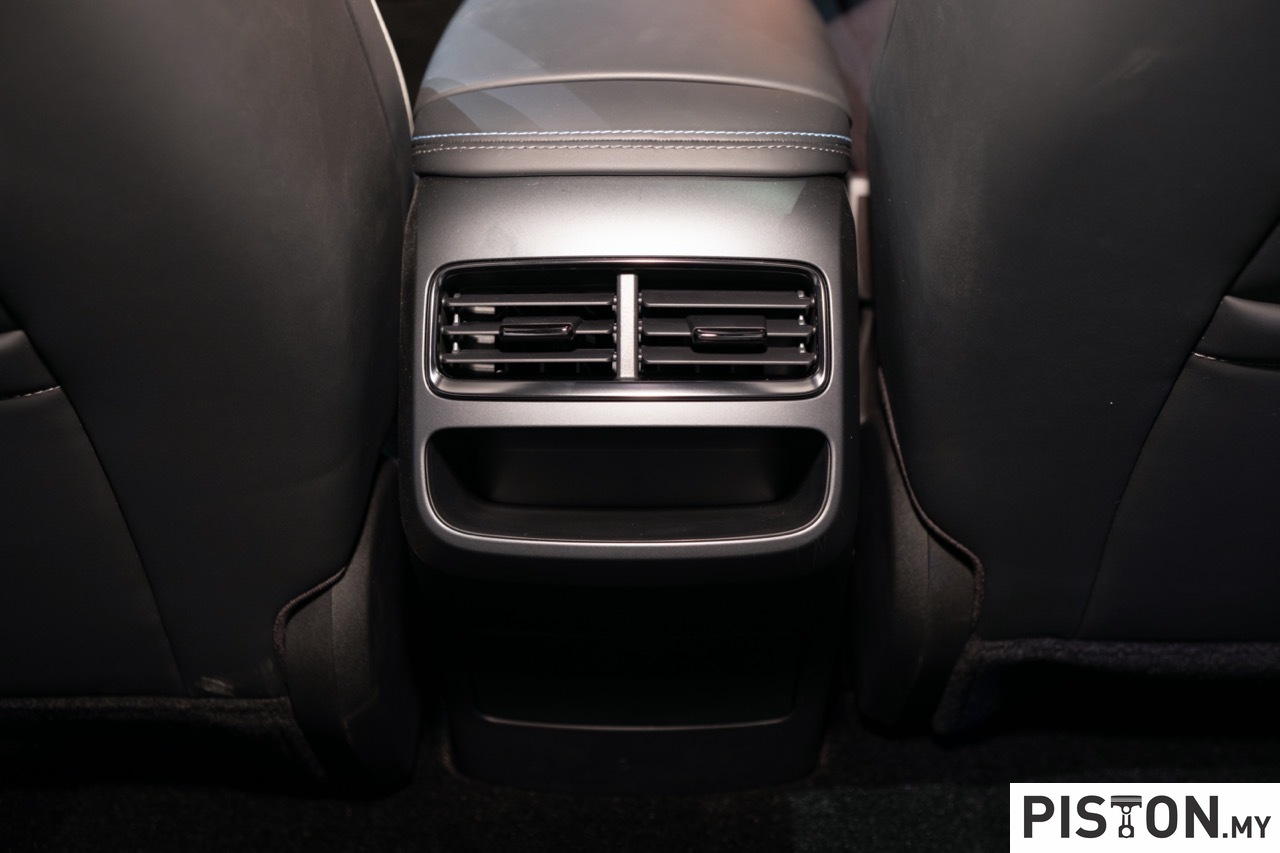At last, a new Mitsubishi ASX has officially been announced. The model has been around a rather long time, being freshened with cosmetic updates and special editions for the past 12 years. At one point, Mitsubishi Motors (MMC) even had plans to assemble it at Proton’s factory but when that did not materialize, Mitsubishi Motors Malaysia went ahead to have it assembled at the Tan Chong plant in Kuala Lumpur.
If this new second generation of the ASX looks somewhat familiar, you’re right. It’s similar to the Renault Captur sold by TC Euro Cars in Malaysia and has been adapted to become Mitsubishi model. Having joined the Renault-Nissan Alliance in 2017 (after Nissan acquired a controlling share in MMC), the carmaker had access to the products and technology of the Alliance. This helped it to freshen its model line-up which had stagnated due to its weak financial position.
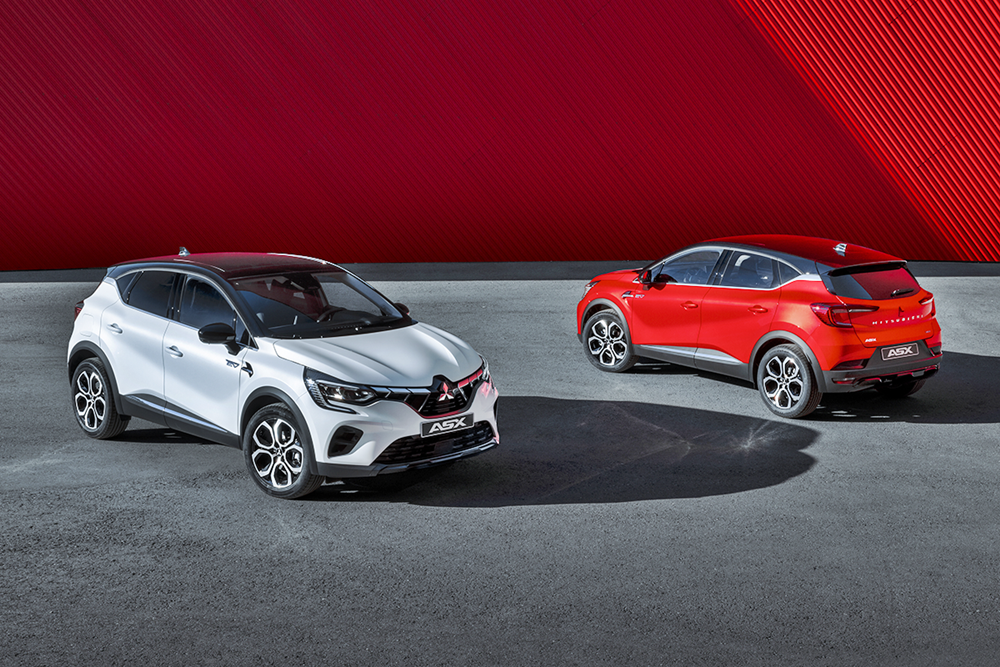
The adoption of the Captur is not surprising as as MMC has been implementing structural reforms in Europe in line with the ‘Selection and Concentration’ strategy in its mid-term business plans announced two years ago. It has already frozen the development of new car models for European markets while concentrating its R&D resources and investments on the ASEAN region, where MMC is competitive. The company has also decided to end new car sales business in some European countries, by 2023.
Following common industry practices, the new ASX makes use of a Renault-Nissan-Mitsubishi Alliance platform, the CMF-B, but rather than have different styling, MMC has opted to follow the Captur’s appearance.
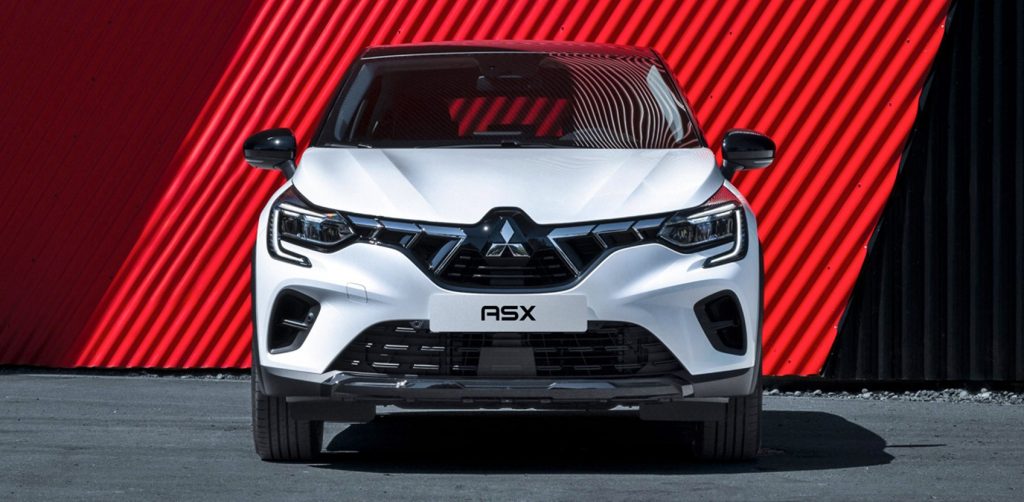
However, to give it a Mitsubishi identity, it has the brand’s Dynamic Shield design concept at the front with the familiar 3 three-diamond badge. The Dynamic Shield incorporated is not as aggressive looking as in the Triton and XPANDER as the designers must have been constrained by the existing apertures for the Captur. To incorporate a bolder look would have meant major panel changes, adding engineering cost to the development program.
The profile is more rounded compared to that of the original ASX and like the Captur, the roof has a black colour to give a ‘floating’ effect. The rear end, like the front, also follows the Renault product with the ‘claw’ shaped rear lights that car designers seem to like nowadays.

Size-wise, the new ASX would be similar to the Captur which means that it is 65 to 70 mm shorter (depending on how the bumpers are shaped) that the previous model. However, the Captur is 2003 mm wide, which is 30 mm more width than the first generation of the ASX.
With intelligent packaging, the shorter length probably makes little difference to spaciousness, but the wider body would add certainly comfort for the occupants. The cargo area is said to be spacious with variability not only by folding the backrests but the rear seat can also slide forward a bit.
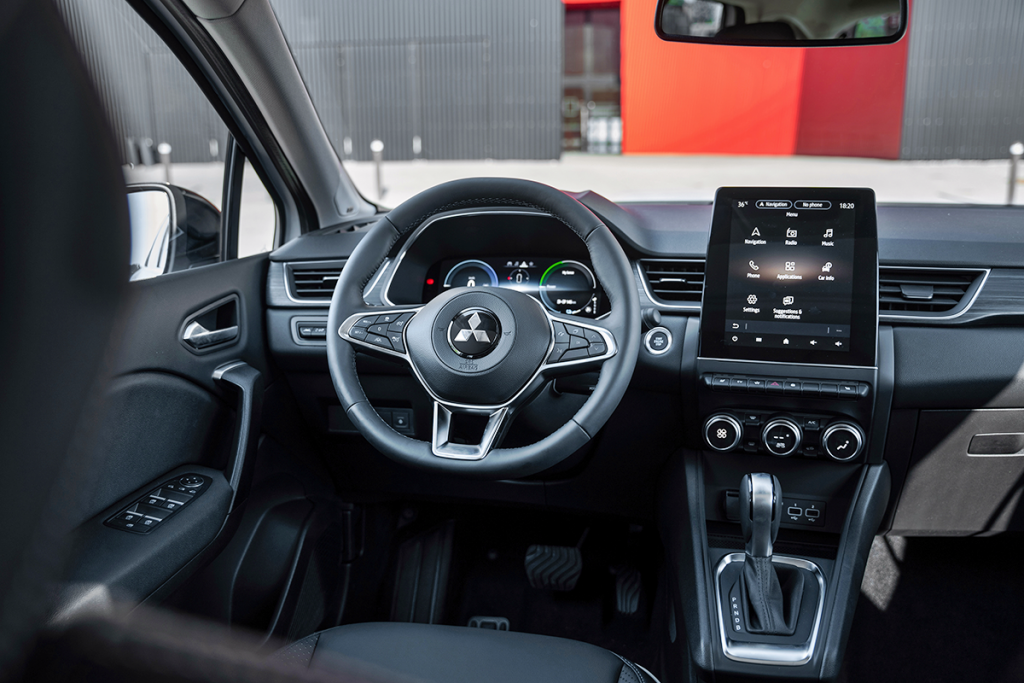
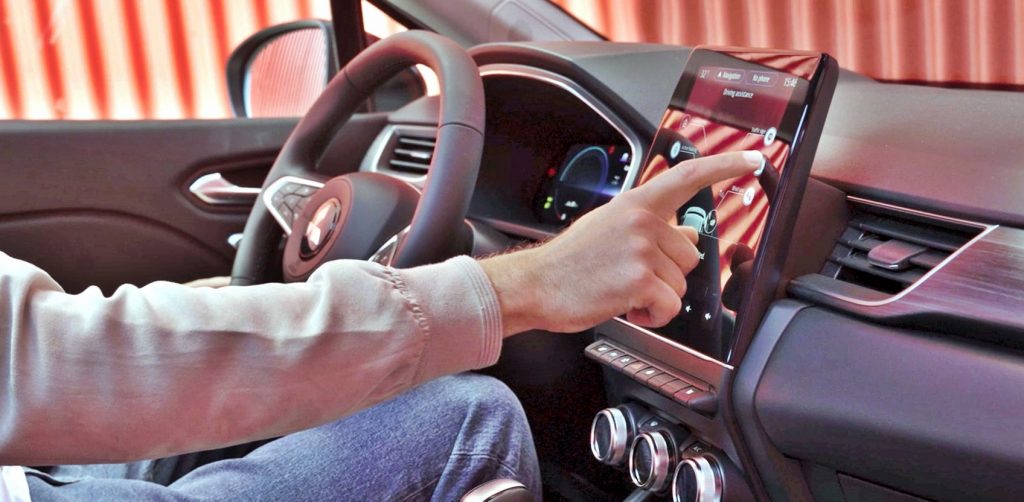
MMC has not said much about the cabin design which is pretty much the same as in the Captur. The infotainment panel in the middle is a 9.3-inch screen which is in a portrait orientation which is more favoured these days.
Primarily intended for the European market at this stage, the new ASX has electrified powertrains but no battery electric version. The plug-in hybrid (PHEV) powertrain has a 1.6-litre petrol engine with 2 electric motors (an alternator-starter and a main motor), an automatic, multi-mode gearbox, and a 10.5 kWh battery pack. A second hybrid model (not PHEV) has a 1.3-litre turbocharged engine with a lower capacity 1.3 kWh battery pack.
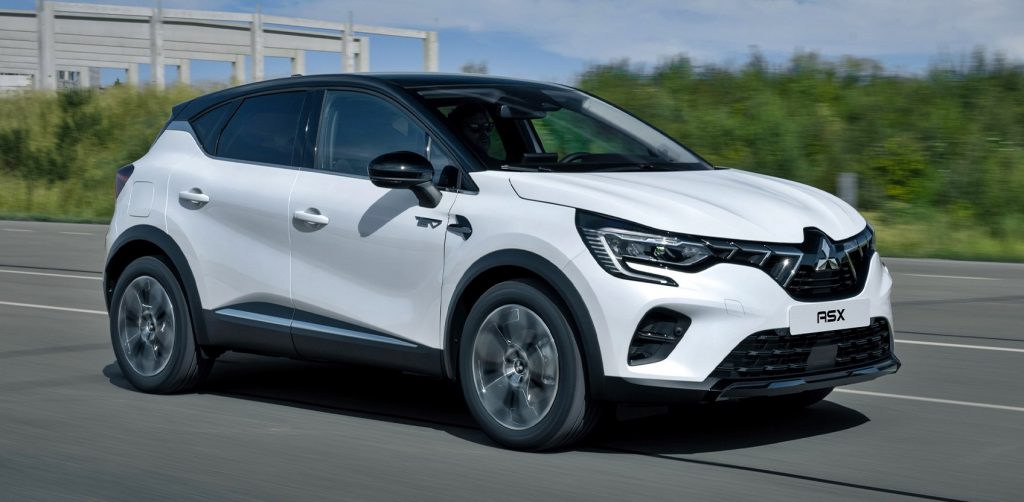
MMC will continue to also offer a non-electrified version with a 1-litre turbocharged 3-cylinder petrol engine and a 6-speed manual transmission. This will probably be for Eastern European markets where lower-priced models are required.
The new ASX will be manufactured at a Renault factory in Spain, with first deliveries to customers in selected European markets starting March 2023.

There is no mention on whether we will see new ASX in ASEAN. Normally, products engineered based on a European cost base have been difficult to price competitively for this region which is more price-sensitive. That’s why the Japanese manufacturers have developed specific products largely for ASEAN markets.
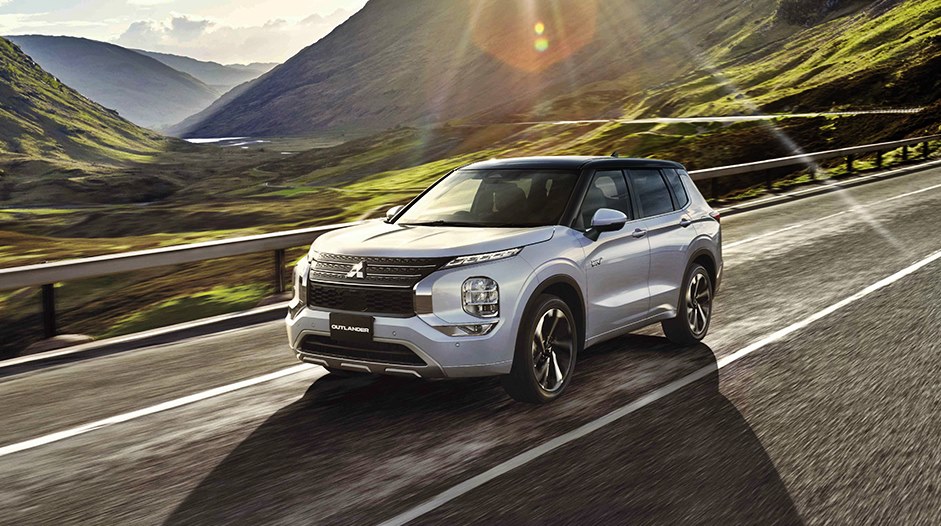
As mentioned earlier, MMC will focus more on the ASEAN region and it is making big investments in this core region, followed by business developments in Africa, Oceania and South America. It will also be electrifying its range with the Outlander PHEV to be produced in Thailand in future. Besides that model, there’s also the Triton and XPANDER which are popular so there would be no great need for the ASX for now.
To know more about the Mitsubishi models available in Malaysia and where to test them, visit www.mitsubishi-motors.com.my.


